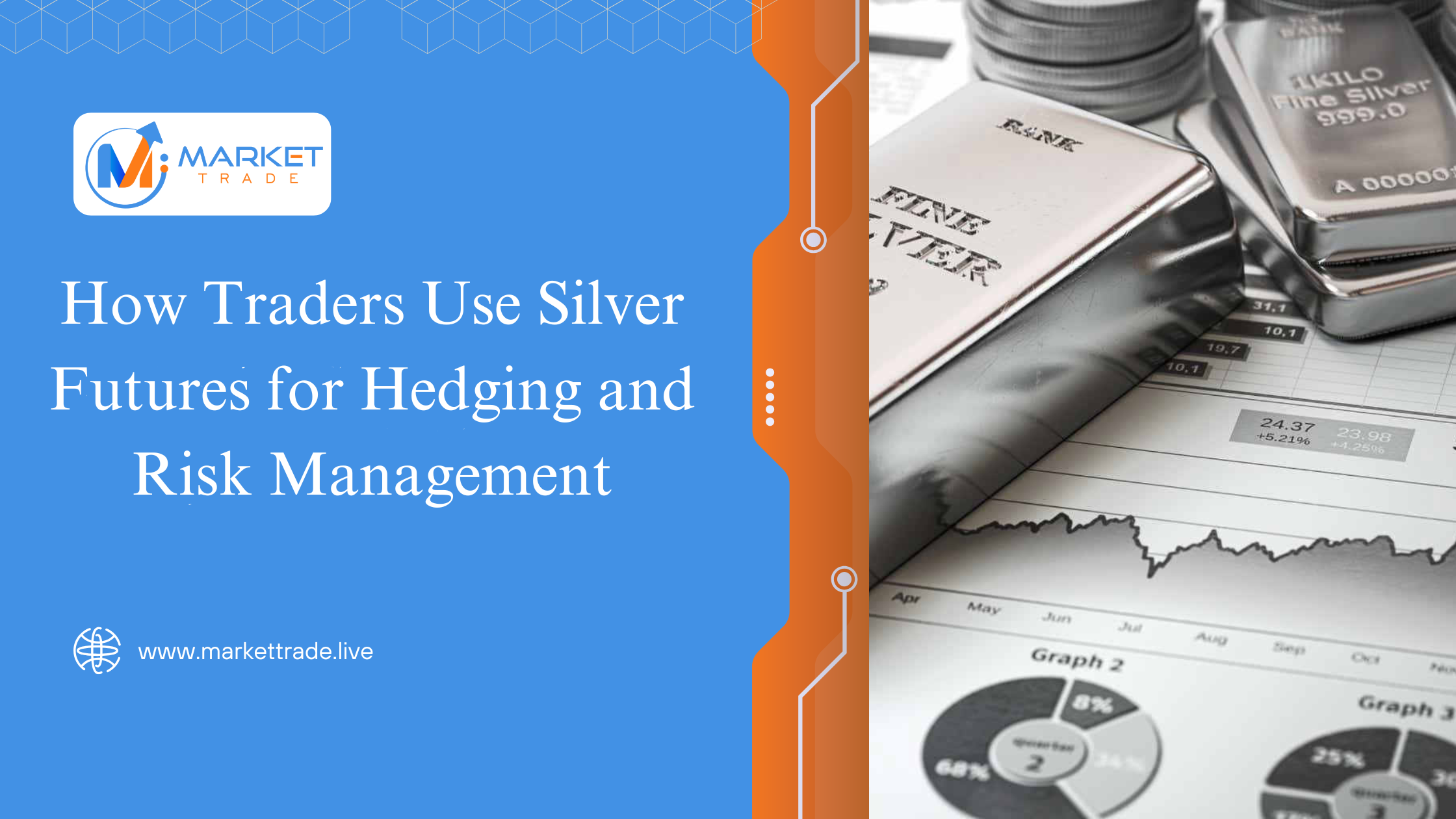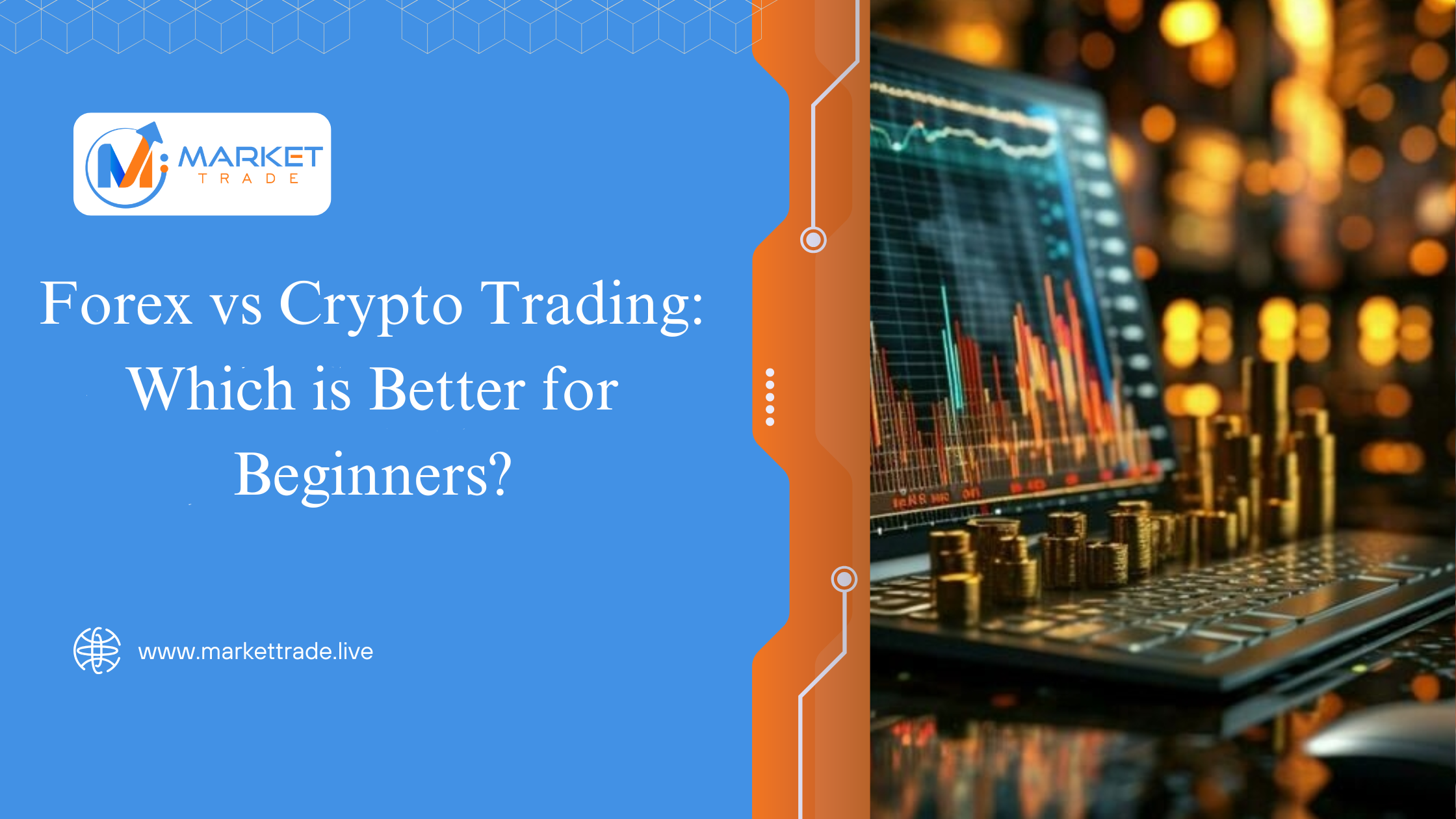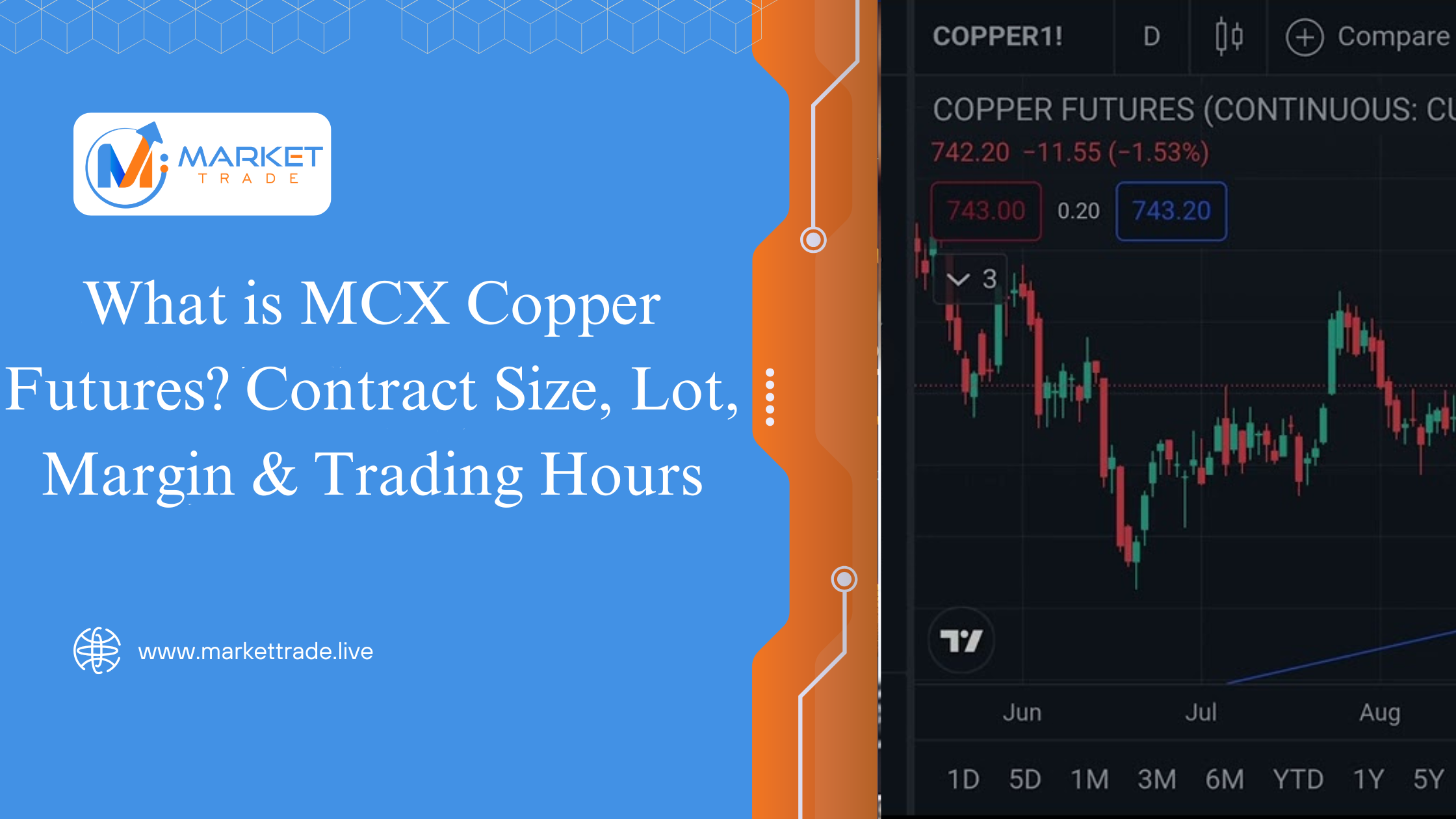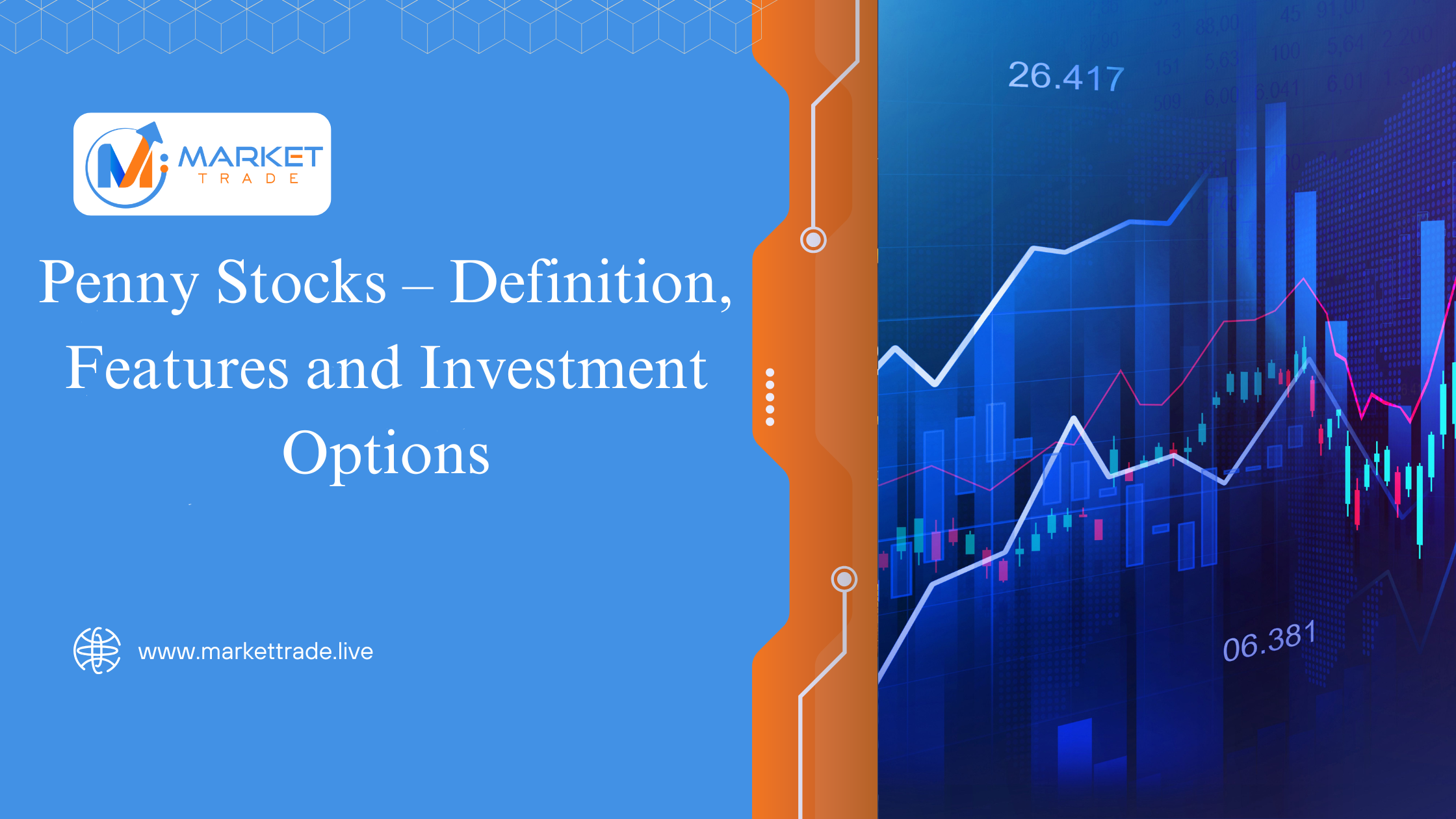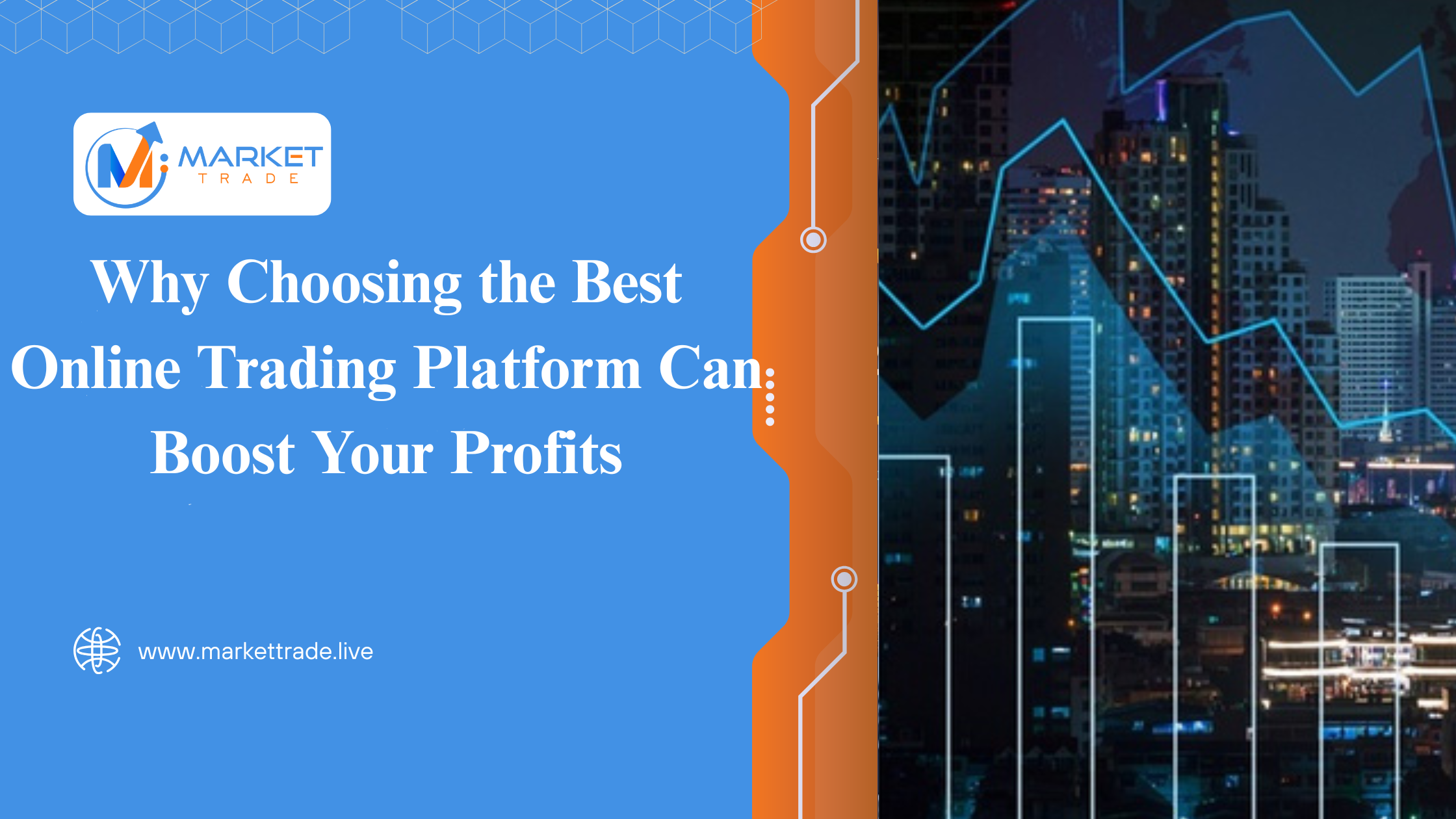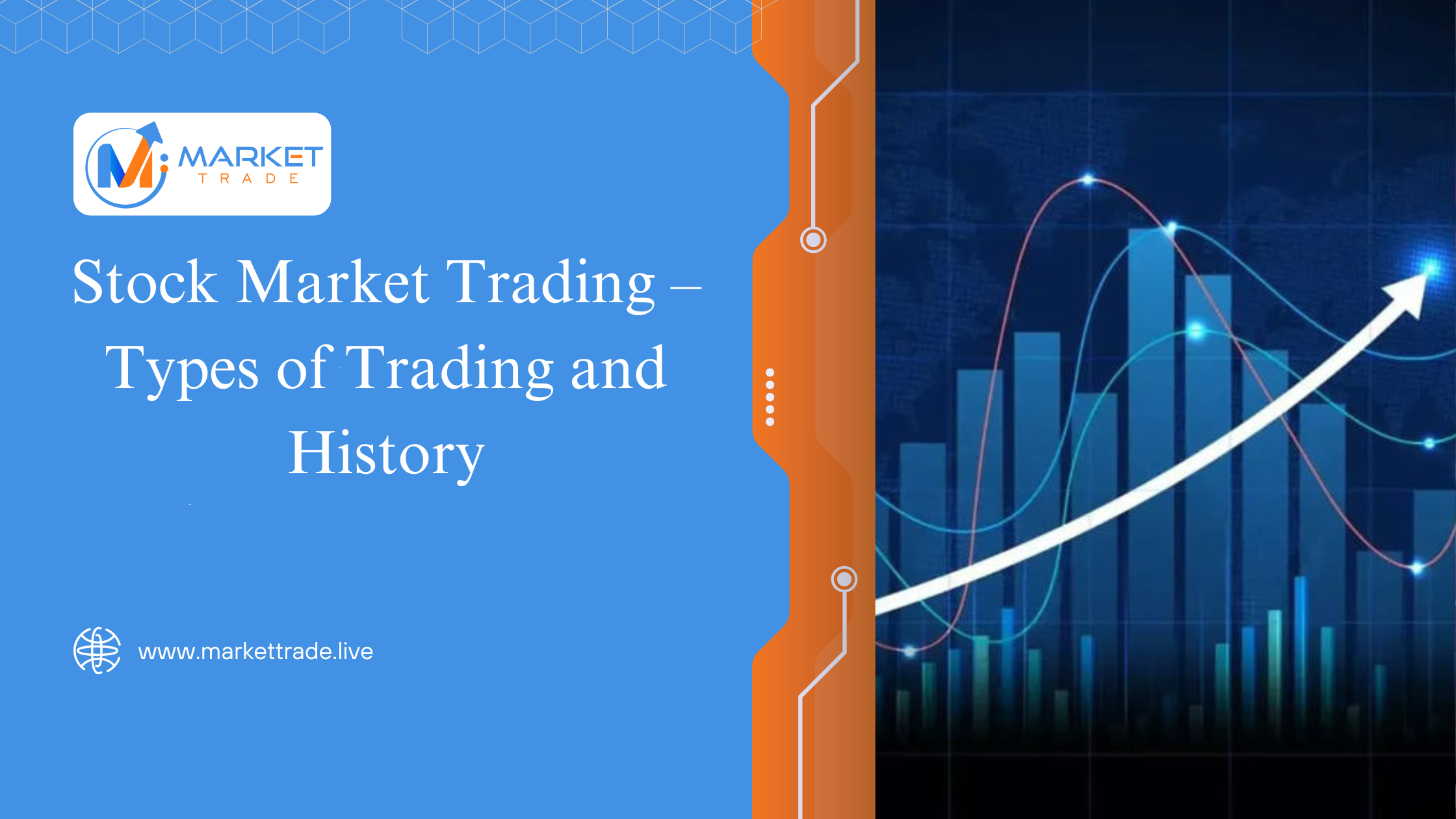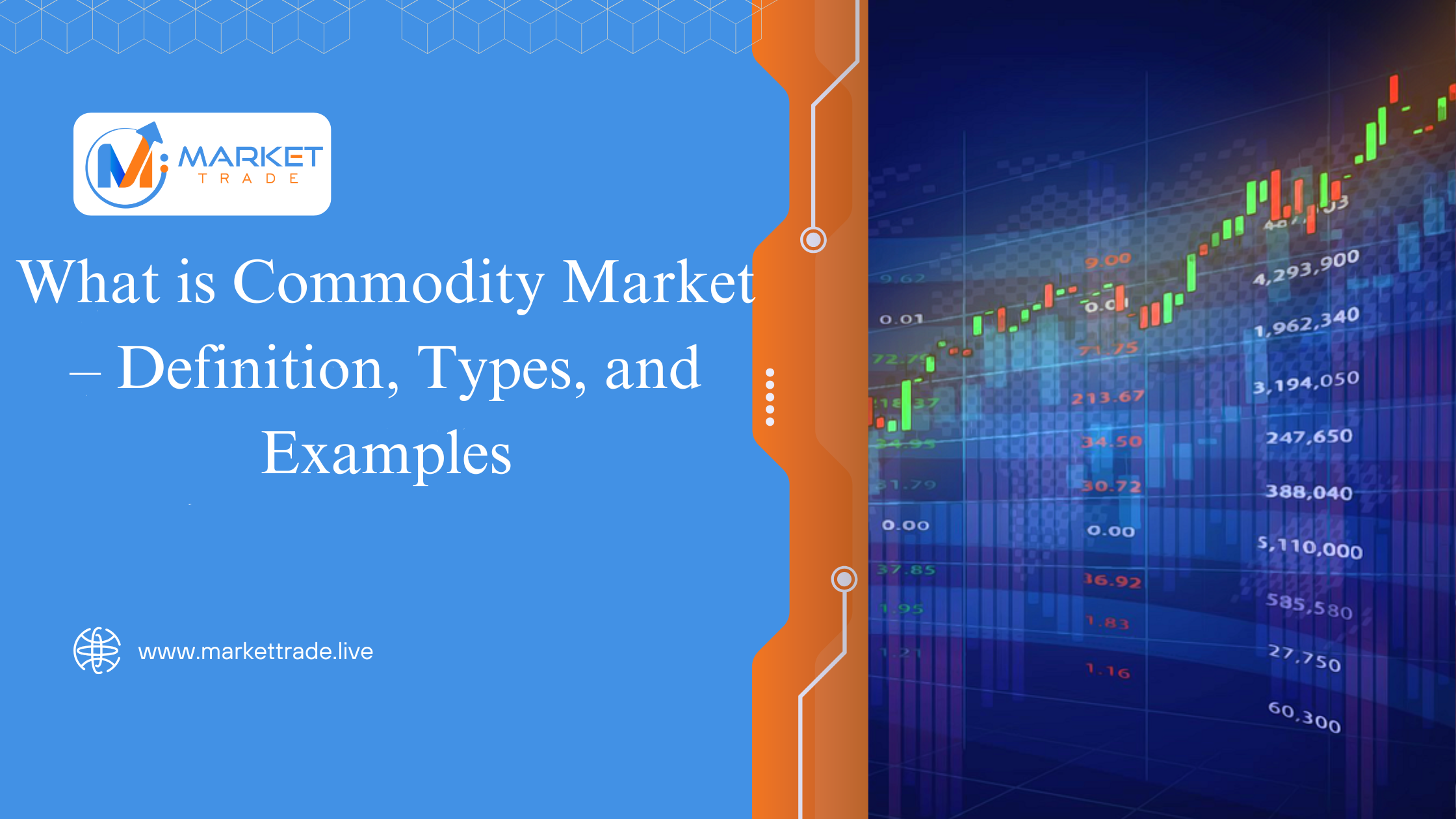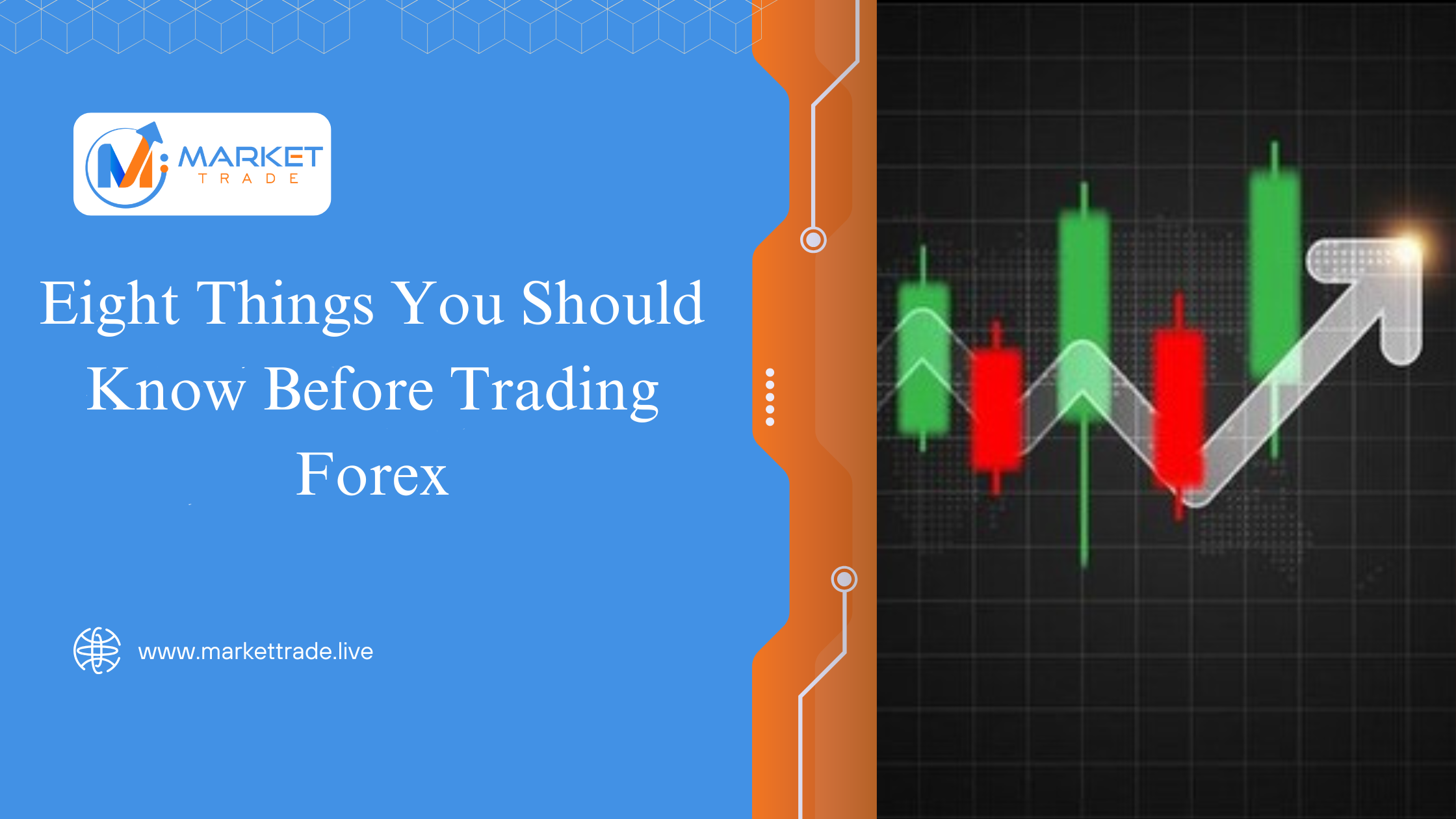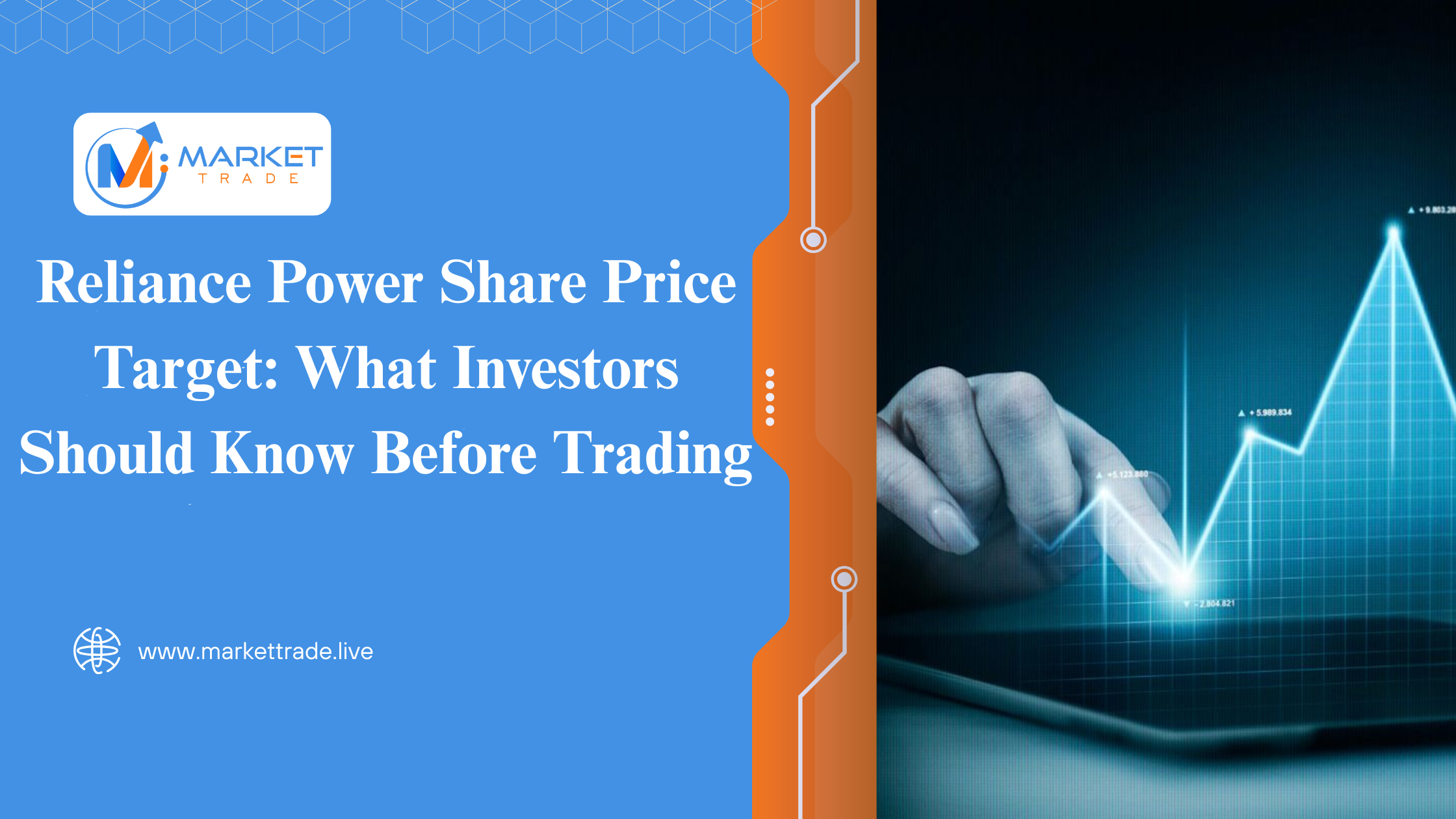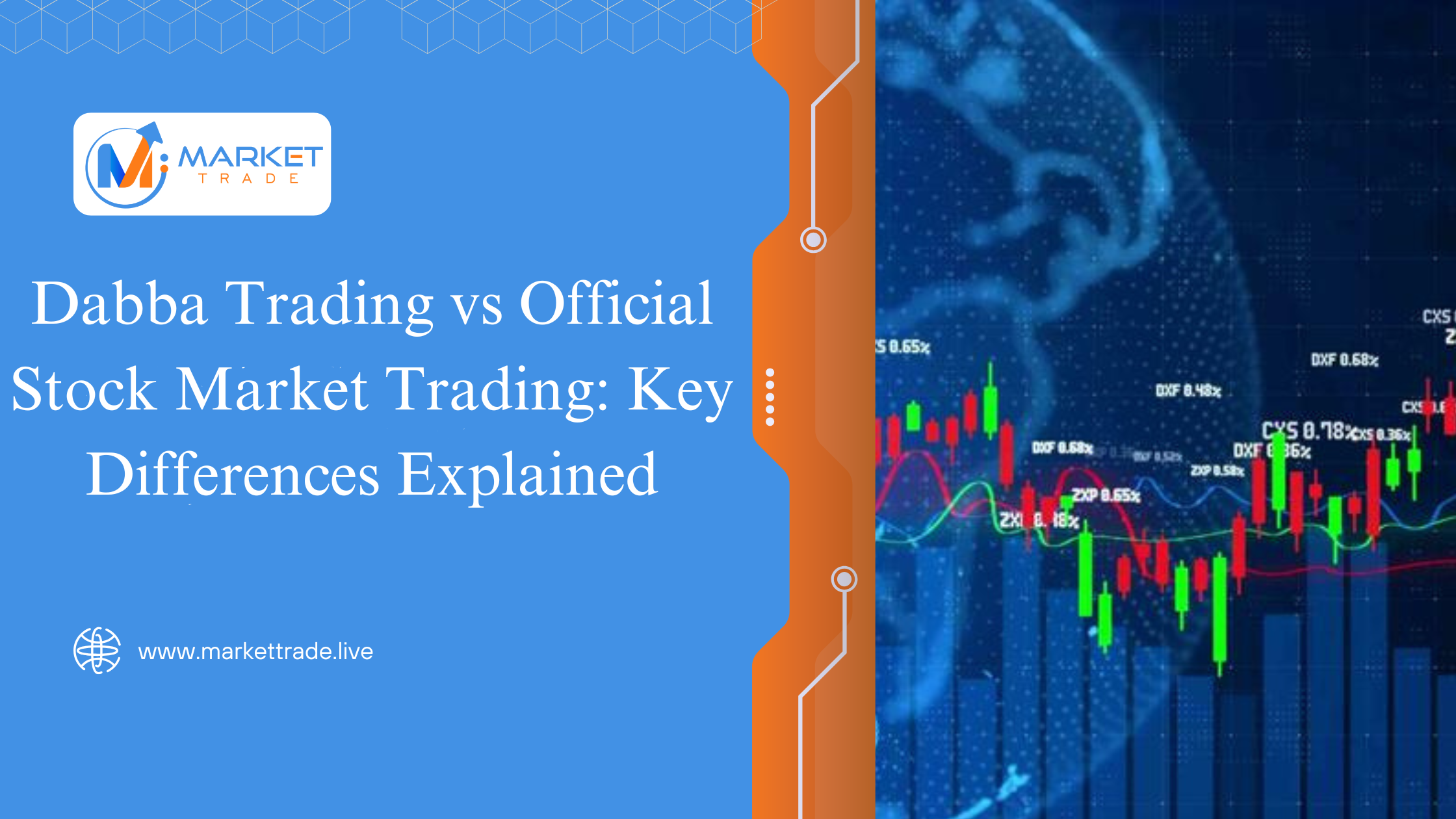
In Indian equity markets, traders hear two very different phrases: official stock trading and dabba trading. Both involve taking positions on price movements, but the mechanics, records, and long-term impact are completely different. This blog explains how each actually works in practice, then shows a clear comparison table so you can see the differences at a glance and understand why using a structured online trading platform is a more practical approach for serious traders and investors. How Official Stock Trading Works In Practice Official stock trading routes your buy and sell orders to recognized exchanges such as NSE or BSE through an online trading platform. Typical workflow: You get: Official stock trading is built around verifiable records, repeatable processes, and a clear connection between what you see on screen and what happens in the market. How Dabba Trading Actually Operates Dabba trading is an informal arrangement where your positions are recorded in the private books or software of a dabba operator instead of the exchange. In a typical dabba trading setup: Key points: This makes dabba trading highly dependent on the operator’s systems and ethics, and unsuitable for structured long-term wealth building. Side-by-Side Comparison: Dabba Trading vs Stock Trading Aspect Stock trading Dabba trading Order routing Orders are sent from an online trading platform to recognized exchanges, where matching happens electronically. Orders are recorded in the operator’s private system and usually not forwarded to any exchange. Price source Live market prices from exchange order books, visible on charts and quotes. Prices are usually referenced from market feeds, but final levels are decided and applied by the operator. Trade confirmation Digital contract notes, timestamps, and trade IDs are visible on the online trading platform. Commonly, for verbal or informal messages, no standardized digital confirmation is generated by an exchange. Records and reporting Full transaction history, portfolio view, and downloadable reports for analysis and tax calculation. Dependent on the operator’s ledger or spreadsheets, if shared at all. Ownership of shares Executed delivery trades are reflected as real share holdings in your portfolio. No real shares are transferred in your name; positions are notional bets on price movement. Risk type Market risk from price movement, plus normal execution and technology risks. Market movement risk plus additional counterparty, pricing, and settlement risk with the operator. Slippage and pricing Slippage is visible in the order book, explained by market depth and liquidity. Fills and levels are controlled by the operator and are difficult to verify independently. Strategy support Suitable for intraday, positional, swing trading, and long-term investing with genuine holdings. Mostly speculative, short-term betting, not compatible with genuine investing or portfolio building. Portfolio tracking Real-time mark-to-market, charts, and P&L on the online trading platform dashboard. Tracking is usually manual or dependent on operator statements and sometimes delayed. Dispute handling You can reference timestamps, prices, and order logs to support your case. Very little formal evidence, disputes become personal negotiations with the operator. Long-term wealth potential Supports compounding, dividends, and systematic accumulation of quality companies. No real asset ownership, so long-term compounding is extremely limited or impossible. Technology backbone Exchange grade systems and recognized online trading platform infrastructure. Private software or paper notes; quality varies by operator. This comparison shows that official stock trading through a proper online trading platform is designed for verifiable trades, scalable strategies, and measurable progress, while dabba trading concentrates risk around a single operator and informal processes. Markettrade: Turning The Differences Into Your Edge Markettrade takes everything that works in official stock trading and puts it into a practical, trader-friendly online trading platform. You see live prices, charts, orders, and positions in one place, so there is a clear link between your decisions and market outcomes. Every executed trade leaves a digital trail you can revisit, analyze, and learn from. Instead of relying on informal dabba trading records or verbal confirmations, you work with structured data. That structure helps you refine entries and exits, control position sizes, and review what worked or failed over weeks and months. Markettrade is built for traders who want real positions, real tracking, and real progress. By choosing Markettrade over informal dabba trading setups, you shift from uncertain side bets to a systematic stock trading journey that can actually support long-term wealth building. Frequently Asked Questions 1. Is dabba trading the same as official stock trading? No, dabba trading records bets privately, while official stock trading routes real orders to exchanges through an online trading platform. 2. Why do some traders still participate in dabba trading? Some traders choose dabba trading for perceived low costs or informal credit, but they accept much greater overall risk levels. 3. Can I build long-term wealth using dabba trading? Long-term wealth creation relies on owning real assets; dabba trading usually involves only notional bets without transferable share ownership. 4. How does Markettrade support new traders starting stock trading? Markettrade offers beginners an accessible online trading platform with charts and orders, helping them understand and execute stock trading confidently. 5. What should I prioritize when starting my trading journey? Start with clear capital limits, market education, a reliable online trading platform, small position sizes, and avoiding risky dabba trading.


